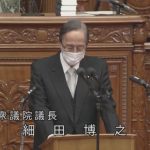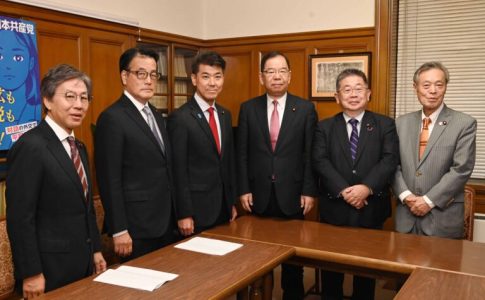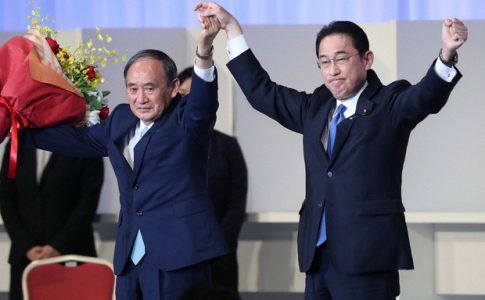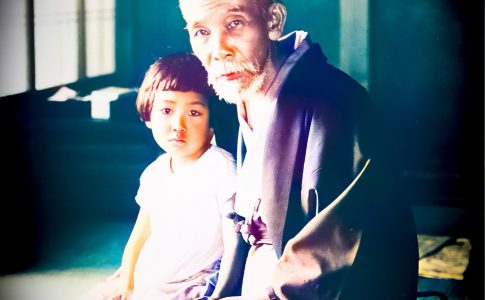The Asahi Shimbun Company notified its labor union on June 30 of its plan to recruit “more than 200” voluntary retirees from September to November for employees aged 45 or older.
Following last year’s (111 applicants) voluntary retirement program, the company aims to realize a system of 3800 employees at the end of fiscal 2023 based on the current medium-term management plan.
The company posted a net profit in fiscal 21 for the first time in two years, compared with the previous year, when it posted its biggest loss since its foundation. However, while the number of copies sold has been decreasing at a pace of 400,000 copies a year, sales have continued to decline, dropping by about 100 billion yen from 288.6 billion yen in fiscal 14 to 188.1 billion yen. In order to avoid losses, the government has no choice but to reduce personnel expenses.
According to the Asahi Shimbun Labor Union (June 30 issue, July 5 issue), the company explained the outline of the voluntary retirement system and details of its operation at a meeting of the management of the Central Management Labor Council with the union on July 1. According to the survey, about 2500 employees (Not including treatment of executive officers and officers) aged 45 or over who have worked for the company for more than 10 years, including deputy managers, account for more than 60% of the total number of employees.
It also includes deputy managers under the age of 50, who were not eligible for voluntary retirement. In addition, unlike voluntary retirement in the past, all eligible employees will be interviewed by the head of their department or a similar official.
“If it’s seen as a retirement recommendation, it can’t be helped.” said Kuninori Okamura, in charge of human resources strategy and work style reform.
But he said he would not force him to resign. He added that (1) there may be multiple interviews if the individual’s wishes and intentions are significantly different from the career expectations and roles that the company is seeking, and (2) there may be a need for multiple interviews even if the individual declines to leave at the initial interview.
Asked if there was a list of “candidates ” that the company was targeting, he implicitly admitted that “I know a certain amount of people on that list.”
Those who accept the offer will receive a special lump sum payment of up to 50 million yen in addition to their regular retirement allowance.
The period covered is a period of up to 10 years from the month following the day of retirement, or until the month of retirement (full age 65), whichever is shorter. Although the method of calculating the special lump sum payment is complicated, the calculation method is different for the period from the month following retirement to the month containing the birthday of the person who is 60 years old and the period from the month following the month containing the birthday of the person who is 60 years old to the fixed month and year.
In the former case, (1) for those aged 54 or younger as of the date of retirement, 35% of their annual income in 21, and (2) for those aged 55 or older as of the date of retirement, 40% of their annual income in 21 is divided by 12 to calculate the monthly amount, which is then multiplied by the number of months until the month in which their 60 th birthday falls. In the latter case, 100,000 yen per month (170,000 yen for those aged 59 to under 65 as of the date of retirement) is multiplied by the number of months until the specified month and year. The sum of the former and the latter amounts is the lump sum payment.
Yusuke Masuda, chairperson of the labor union, said, “We will not rule out a system in which the lump-sum allowance is generous and a new path can be taken.”
Okamura said, “We will never be able to offer voluntary retirement to all eligible employees under such favorable conditions.”. One company official said, “Is this the last Noah’s Ark?.”
According to Asahi Shimbun officials, the company currently has about 4100 ~ 4200 employees, compared with about 5000 in fiscal 2009, 4500 in 15 and 4300 in 20. In early 21, then President Masataka Watanabe announced that the company would accelerate its personnel plan, which had been set at 3000 by 30. The number of employees will be reduced to 3800 by the end of fiscal 23 through hiring curbs and voluntary retirement.
The original plan for the 3000 circulation system was based on the assumption that the number of copies would drop to 5 million, but the number had already fallen below 5 million in August 20 and had fallen to 4.23 million by May this year (Both figures are based on the survey by ABC Society of Japan, and the number of copies sold in the morning). In other words, the pace of decline in the number of copies has not been matched by job cuts.
In the case of the Asahi Shimbun, the number of editorial departments (reporters and editors) is said to be about half of all employees. In fiscal 2009, the number was about 2500, but has now fallen to about 2000. If the number of employees is further reduced, it will be about 1900 by the end of fiscal 23.
The media’s ability to gather information can be roughly interpreted as a combination of the number and quality of reporters, but in the wake of the 14 comfort women false report and the cancellation of the Yoshida report on the Fukushima Daiichi Nuclear Power Plant accident, a number of capable reporters, such as those who won awards from the Japan Newspaper Publishers and Editors Association, have given up and left the company.
Will there be a bright future for the media, which has lost its journalistic power?












Leave a Reply